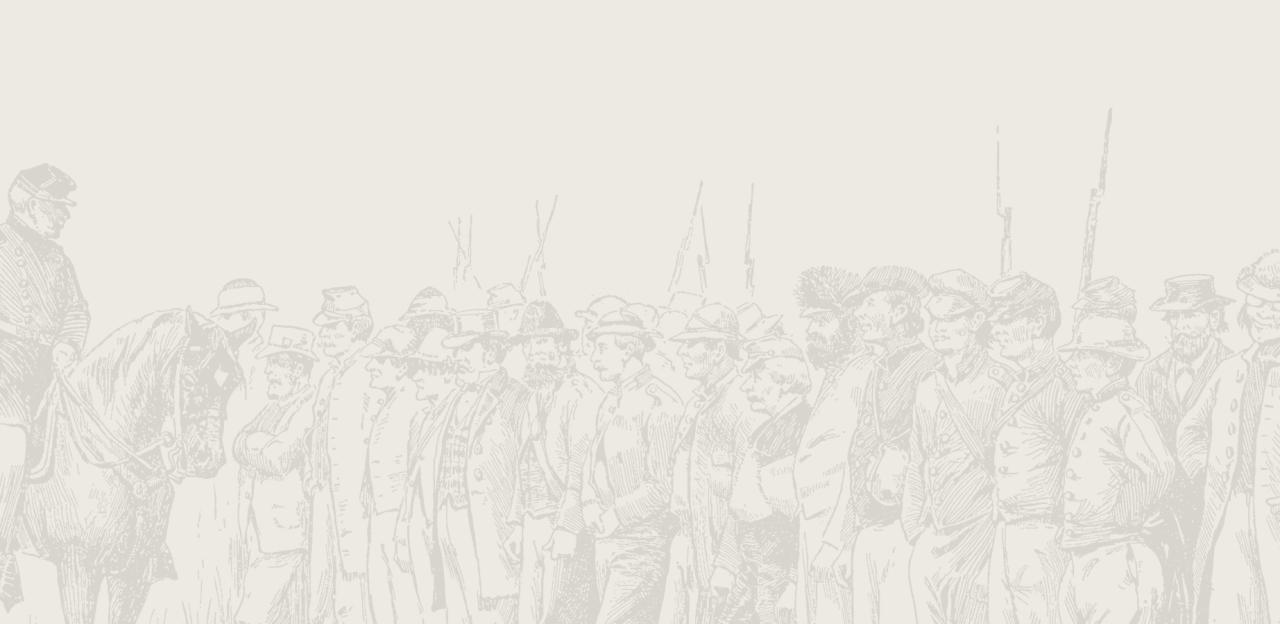Port Gibson

The Battle of Port Gibson
Having landed on the eastern bank of the Mississippi River unopposed at Bruinsburg, the Union army pushed steadily inland through the night on April 30, 1863. The first Union objective was Port Gibson, roughly ten miles east of Bruinsburg and commanding the local road network. First Sergeant Charles Hobbs of the 99th Illinois recorded of his experience that night: “As we pass along an old darkey gives us his blessings, but fears there will be few of us ever to return. The moon is shining above us and the road is romantic in the extreme. The artillery wagons rattle forward and the heavy tramp of many men gives a dull but impressive sound.” The road over which the blue soldiers now marched led to the Shaifer House.
Confederate Brig. Gen. Martin E. Green was inspecting his picket line at the Shaifer House shortly after midnight when he was amused to see Mrs. Shaifer and the women of the house frantically loading a wagon with all their household items. The general tried to calm their fears by telling them that the enemy could not possibly arrive before daylight. Just then, a single shot rang out as the Confederate pickets spotted movement in the distance. The stillness of the night was shattered as a volley of musketry came in reply. Many of the bullets buried themselves in the wagon-load of furniture. The women were terrified and, screaming with fright, leaped into the wagon and whipped the animals toward Port Gibson.
Green quickly mounted and raced back to Magnolia Church to alert his brigade. Fighting in the scattered fields and forest around the Shaifer House intensified as more Union regiments and batteries came into action. Night fighting such as this was rare in the Civil War as it was difficult to maintain command and control of the troops. Almost by mutual consent the fighting ebbed by 3:00 a.m. and the weary soldiers in blue and gray rested on their arms.
At dawn the battle was renewed in fury as Maj. Gen. John A. McClernand threw most of his XIII Corps toward Green’s thin gray line. Green called for reinforcements from Brig. Gen. Edward Tracy, who anchored the Confederate right flank roughly a mile and half to the northwest. Tracy dispatched infantry and artillery to Green’s assistance minutes before cannons began to pound his own line, signaling the advance of a new Union column under Brig. Gen. Peter Osterhaus. Soon after, Tracy was killed by a sniper’s bullet.
Despite the reinforcements, Green was still heavily outnumbered and around 10:00 a.m. his line collapsed. As Green’s men scrambled to the rear, Brig. Gen. John Bowen, in overall Confederate command on the field, worked feverishly to restore his line. The brigades of Brig. Gen. William Baldwin, just arriving from Vicksburg, and Col. Francis Cockrell’s from Grand Gulf, were placed into position astride the road at White and Irwin’s Branches of Willow Creek, a mile and a half east of Magnolia Church.
The Confederate right did not last long. Despite a valiant effort by Col. Isham W. Garrot, taking over for Tracy, his line was outflanked and he was forced to withdraw. His men fell back to the next ridge where early in the afternoon they were reinforced by what remained of Green’s brigade. Rather than form on Garrott’s endangered right, Green assumed position on his left and, thus, provided little support.
The Union troops pushed forward all along the line and fierce fighting continued throughout the afternoon. A desperate Confederate counterattack by Cockrell’s Missourians was repulsed and Bowen ordered a retreat. The remaining garrison at Grand Gulf was evacuated the next day. The Battle of Port Gibson was a resounding Union victory which secured Grant’s beachhead east of the Mississippi River and cleared the way to the Southern Railroad supplying Vicksburg.


